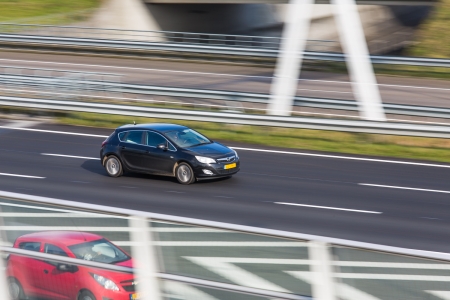Credible speed limits are limits that meet the expectations raised by the road and the road environment, so that drivers are more inclined to comply with them [25]. In other words, credible speed limits are felt to be logical. Thus, it would mostly be rather incredible to lower the limit of an 80km/h or a 50km/h road to 60 and 30 km/h respectively by merely changing the speed limit signs without adapting the road. In most cases, the lower limits should be supported by adapting the road or the road environment. Table 3 shows a few characteristics affecting the credibility of a speed limit, since they automatically invite driving at a higher or lower speed. Explaining why a limit does not match the appearance of the road may help improve credibility (for instance ‘Noise pollution’ or ‘School area’)
Obviously, road safety will always be the guiding principle: first determine what safe speed limit a road requires (see the question What are safe speeds?), and subsequently ensure that the limit is credible.
|
Road characteristic |
Effect of driving speed |
|
Number of lanes |
More lanes → higher speed |
|
Road/lane width |
Wider roads/lanes → higher speed |
|
Median |
Median present → higher speed |
|
Hard shoulder |
Hard shoulder present → higher speed |
|
Longitudinal marking |
Edge and centre line marking → higher speed |
|
Road surface |
Smooth road surface (asphalt) → higher speed |
|
Open environment |
Open environment → higher speed |
Table 3. Road and road environment characteristics that imperceptibly affect driving speed (Source: [26]).
